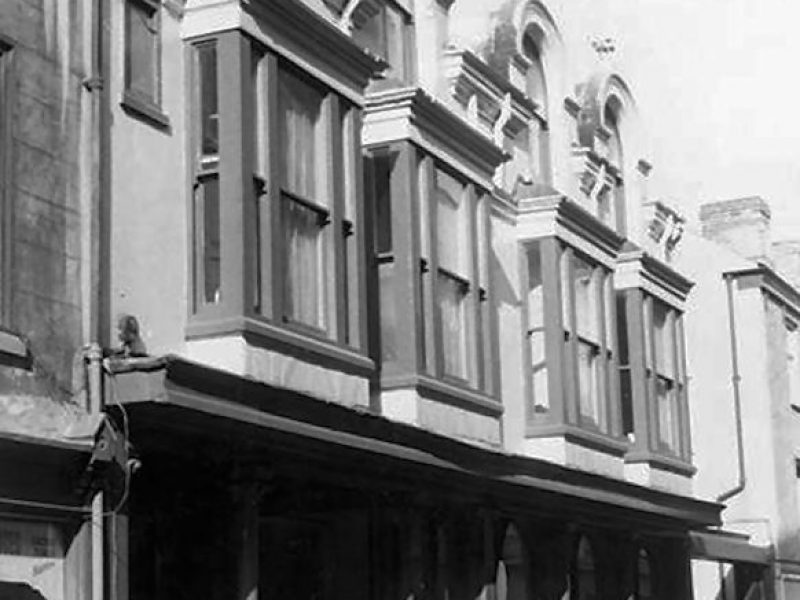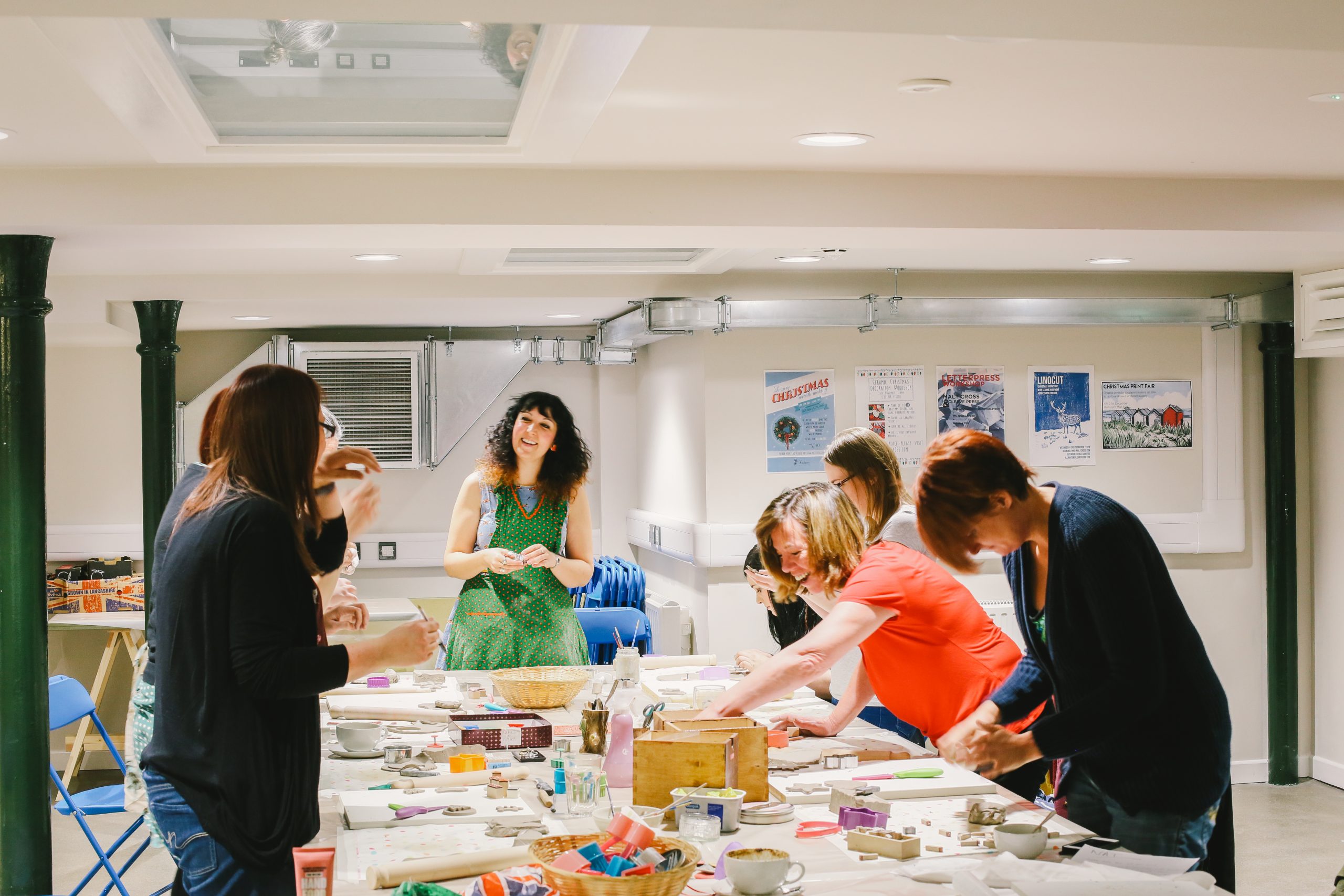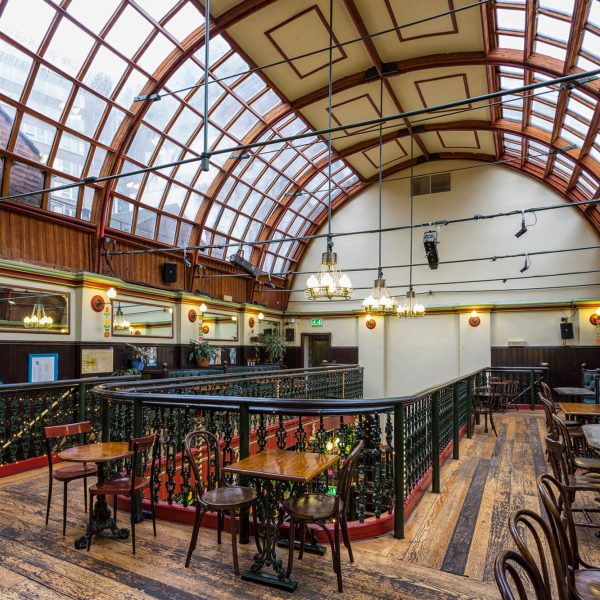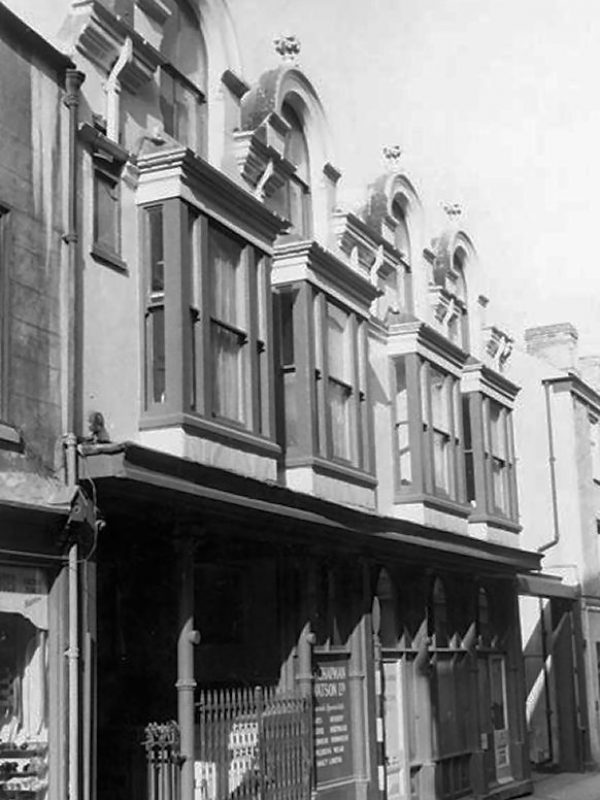The Heritage Lottery grant was followed up by a further sum of 1.38 million in 2014, awarded for the redevelopment of the lower floors of the music hall so that the upper and lower areas of the site could be reunited for the first time since 1967. The music hall’s doors were closed for four months to undergo a massive restoration.
The restoration grants have enabled the Malt Cross to renovate the underground floors, a process which has unearthed all manner of buried treasures and secrets, including an original Victorian glazed archway, a Victorian safe, traditional barrel holders, a hidden room behind a fake fireplace, and caves that date back to the Carmelite monastery that once stood on the same site, forty feet below street level.
The renovations also unveiled secret passageways in the basement levels – likely escape routes for when police raided the premises to break up cock fights during the proprietorship of William Hulse, a man described as “a fine sportsman, fond of fighting, ratting, and cock fighting.”
The result of all that work is that the public can now see the entire building. The basement levels feature a new, sound-proof recording studio, a meeting room, a workshop, and a gallery.






